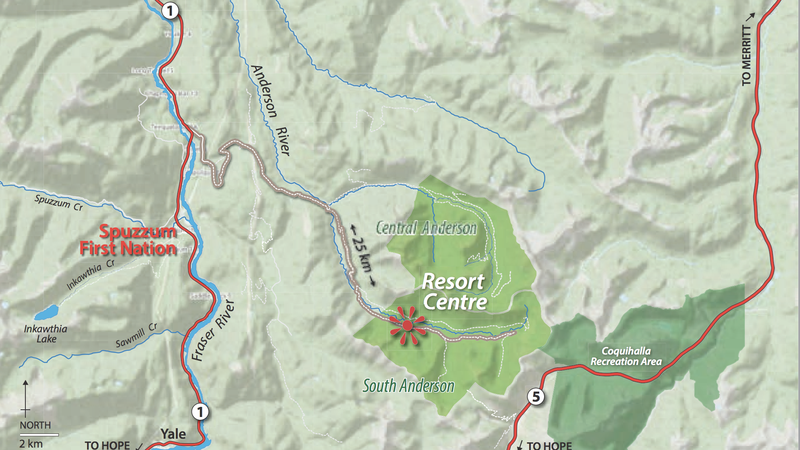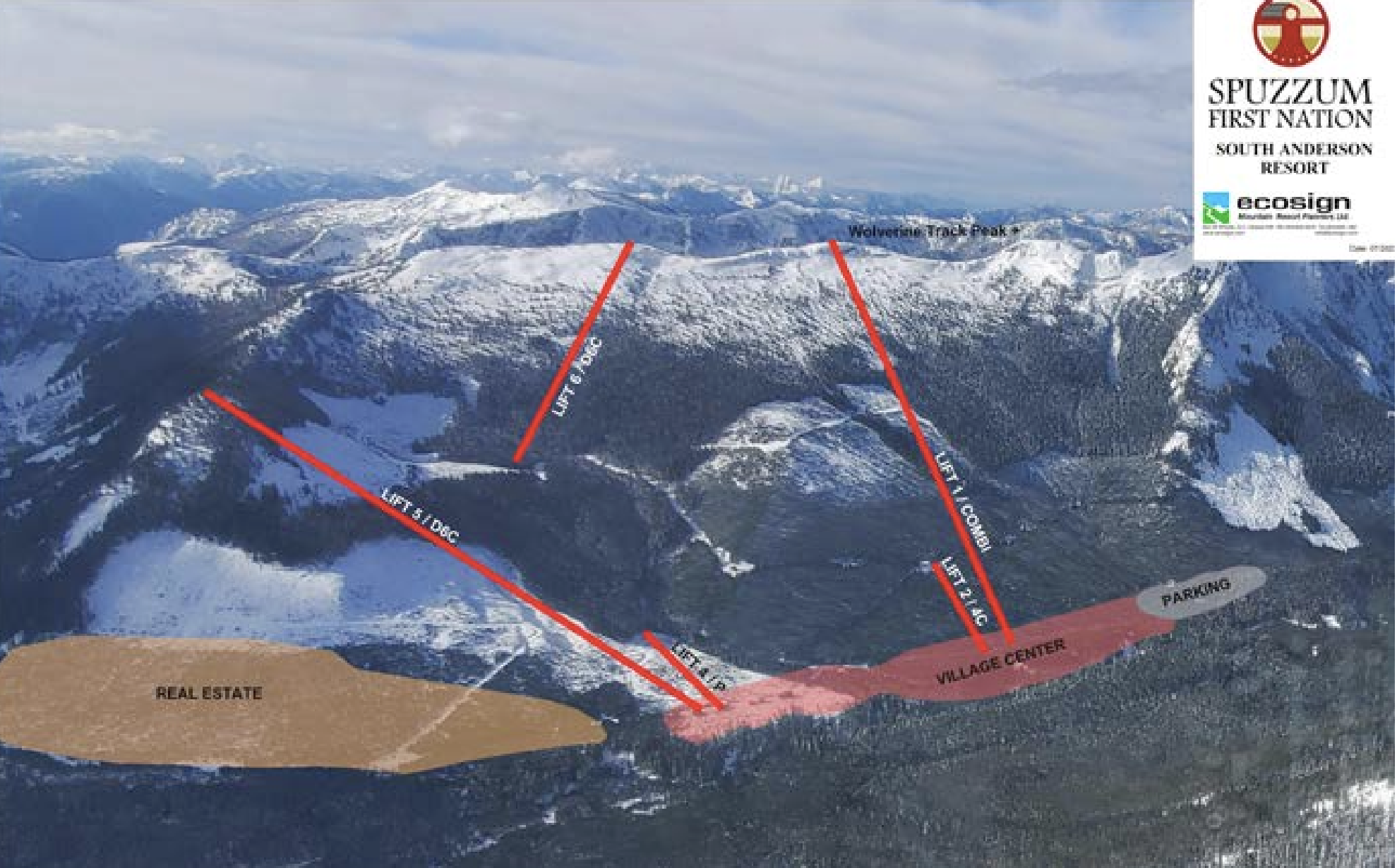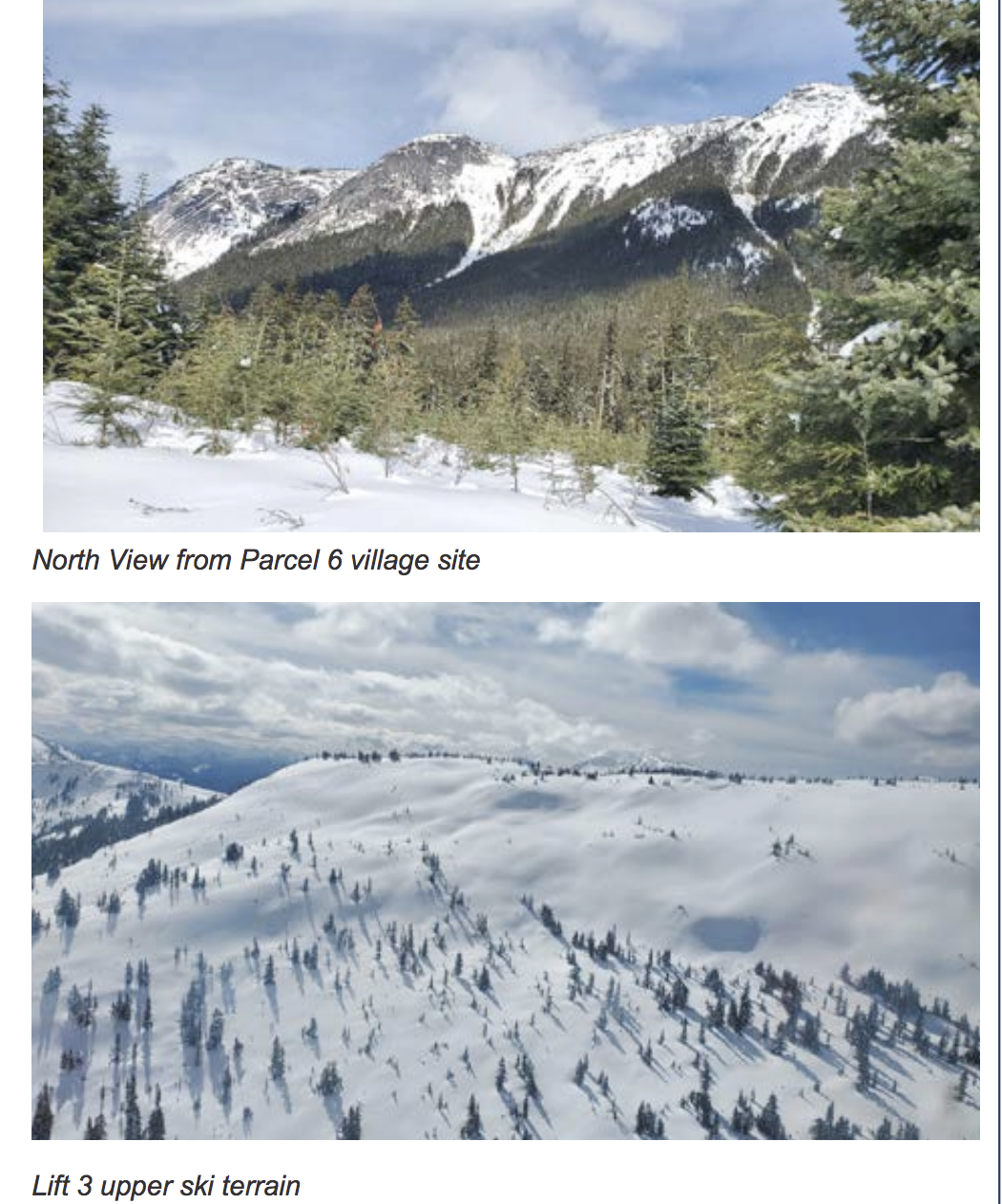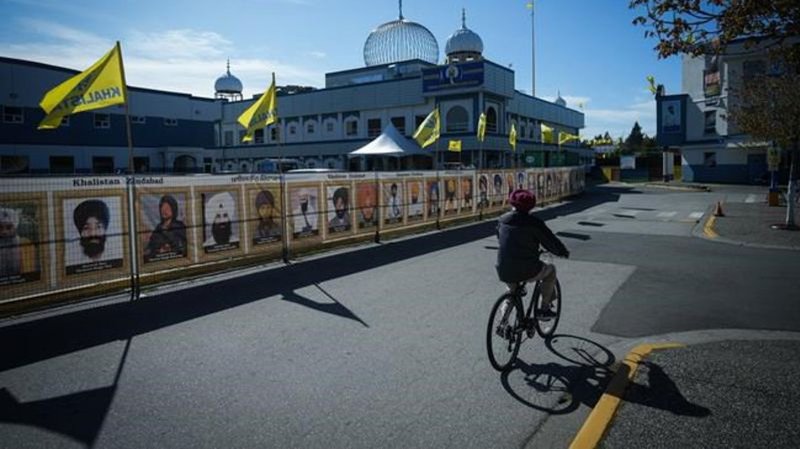
FVRD to seek collaboration with B.C. govt. on all-season mountain resort proposal northeast of Hope
SPUZZUM — The Fraser Valley Regional District board is set to consider a recommendation at its meeting this week from staff that the regional district work with the province on a proposed all-season mountain resort project put forward by Spuzzum First Nation north of Hope.
According to agenda item 12.13 of this week’s FVRD board meeting, Spuzzum First Nation has submitted project paperwork, known as an expression of interest (EOI), to the Mountain Resorts Branch of the Ministry of Tourism, Arts, Culture and Sport for what the band says would be the first “Indigenous-driven comprehensive all-season mountain resort in BC.”
The EOI stage, where the project currently sits, is characterized as preliminary and conceptual, but more detailed if the project advances to subsequent stages. The provincial government is seeking early comments that help measure FVRD’s broad interest.
The proposed South Anderson Mountain Resort, which is currently a temporary name, is situated in the Cascade Mountains east of Highway 1, northwest of the Coquihalla Summit Recreation Area Highway 5, roughly 44 kilometres north of Highway 1. The project encompasses 7,415 hectares within the South Anderson and Central Anderson watersheds.




